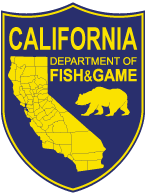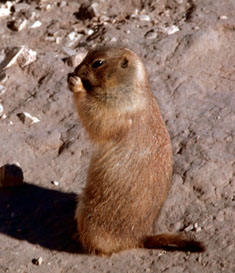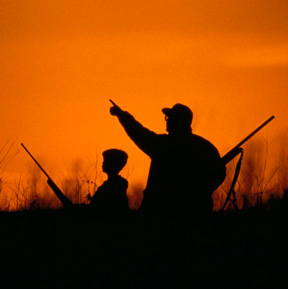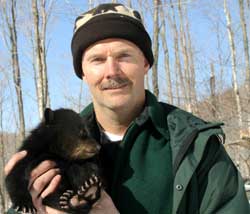 In January, the California Department of Fish and Game will become the California Department of Fish and Wildlife. With that change, only 12 state wildlife management entities will continue to use the term “game” in their names, according to an article in the Sacramento Bee.
In January, the California Department of Fish and Game will become the California Department of Fish and Wildlife. With that change, only 12 state wildlife management entities will continue to use the term “game” in their names, according to an article in the Sacramento Bee.
The title of the Bee article is “California sporting groups leery of department name change,” which about sums it up.
The article notes that the name change came from the state legislature, not from the department itself and that California created the nation’s first state fisheries commission, back in the 19th century.
Read the Sacramento Bee article, here.
And, of course, you will want to know which states still have “game” in the name of their wildlife management agency or department. The Sacramento Bee’s information came from the membership rolls of the Association of Fish & Wildlife Agencies.Those 12 members are: Arizona, Arkansas, Idaho, Massachusetts, New Hampshire, New Mexico, North Dakota, Pennsylvania, South Dakota, Virginia, Washington, Wyoming.
However, several states list their agencies of natural resources as members, when those agencies also have a department for managing wildlife. For example, Alaska has a Department of Fish and Game (number 13!), whose relationship to the listed Agency of Natural Resources is hard to parse. (It is not listed among the agency’s departments on its website.) Vermont’s Agency of Natural Resources has a Department of Fish and Wildlife.

 Oregon vesper sparrow and Mazama pocket gopher; mountain plover, burrowing owl and McCown’s longspur; the palila, a rapidly-declining Hawaiian honeycreeper; Karner blue butterfly, grasshopper sparrow, Henslow’s sparrow, and northern harrier; and white-tailed, Gunnison’s, Utah, and black-tailed prairie dogs are among the non-game species to benefit from this round of the
Oregon vesper sparrow and Mazama pocket gopher; mountain plover, burrowing owl and McCown’s longspur; the palila, a rapidly-declining Hawaiian honeycreeper; Karner blue butterfly, grasshopper sparrow, Henslow’s sparrow, and northern harrier; and white-tailed, Gunnison’s, Utah, and black-tailed prairie dogs are among the non-game species to benefit from this round of the  A
A  Mark Ellingwood, who, for the past 13 years, has served as the Wildlife Programs Administrator for the New Hampshire Fish and Game Department, has been named the department’s Wildlife Division Chief. He is been with NH Fish and Game for a total of 18 years and was also a regional wildlife supervisor.
Mark Ellingwood, who, for the past 13 years, has served as the Wildlife Programs Administrator for the New Hampshire Fish and Game Department, has been named the department’s Wildlife Division Chief. He is been with NH Fish and Game for a total of 18 years and was also a regional wildlife supervisor.